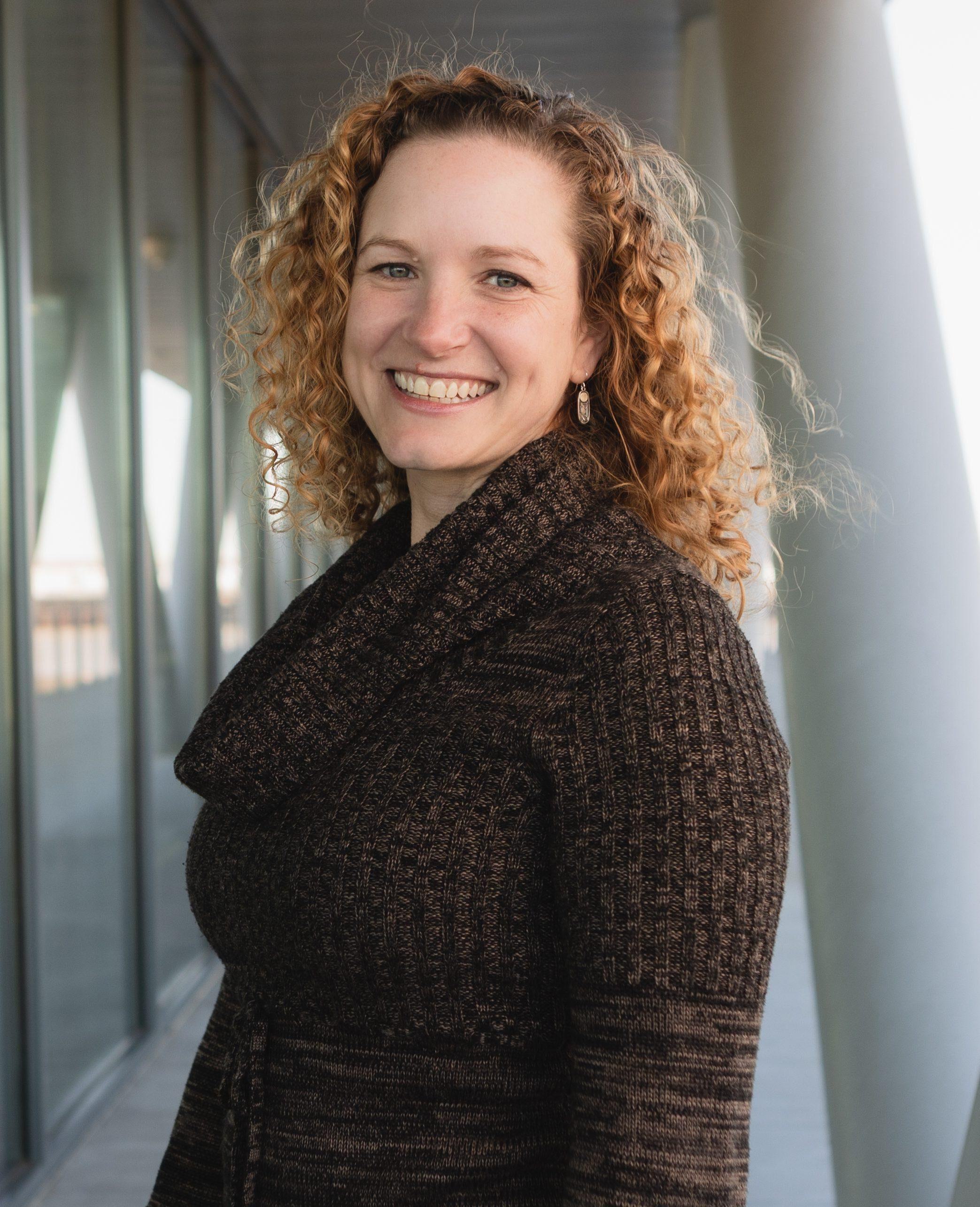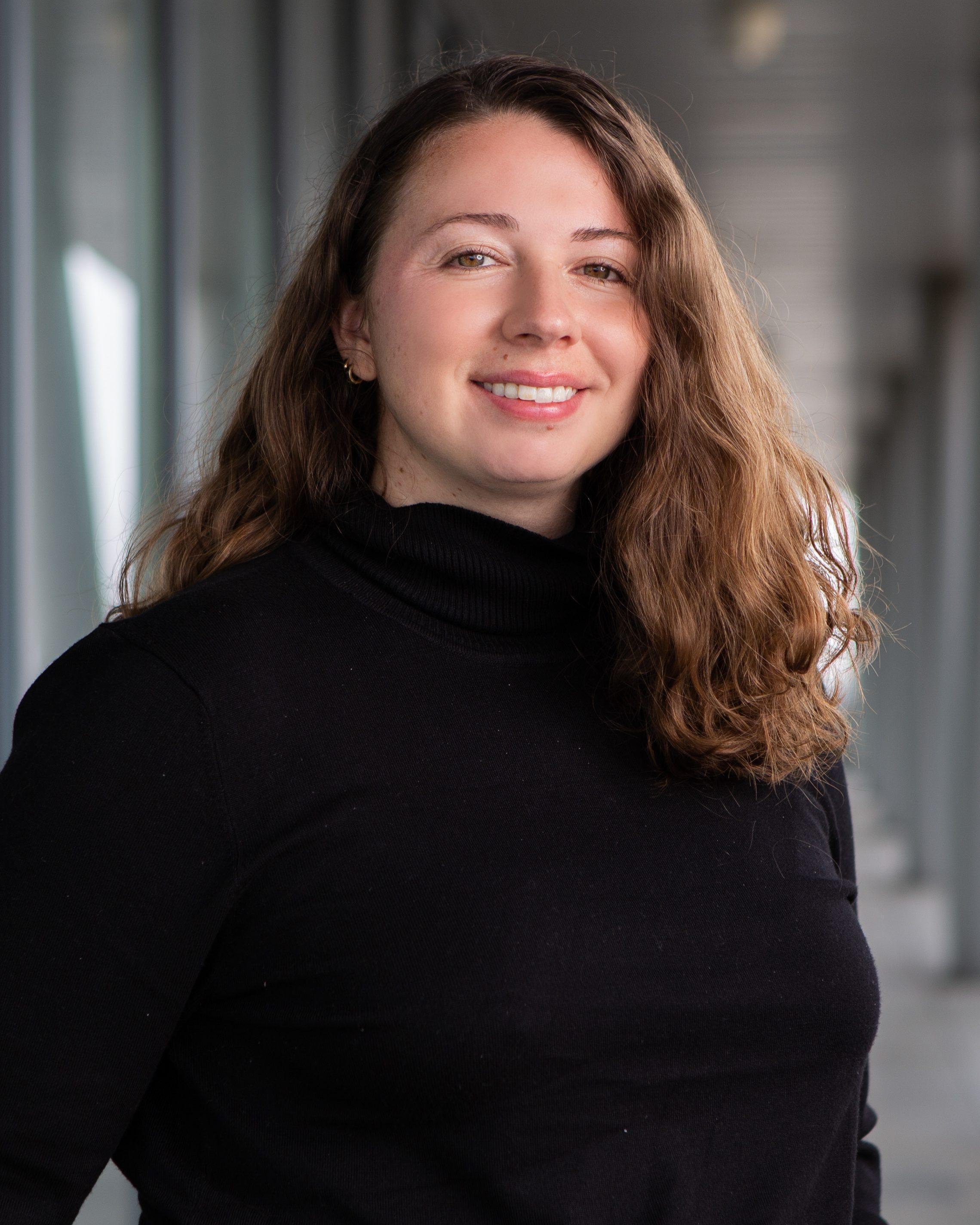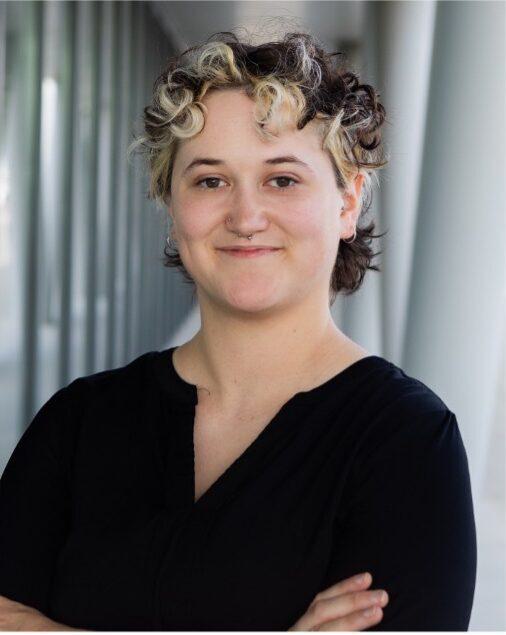Bayou Bienvenue Wetland Triangle Restoration Project
Restoring critical wetlands in an urban community through science-based prioritization and design
The Challenge
Prior efforts by the U.S. Army Corps of Engineers, the EPA, and the Coastal Wetlands Planning, Protection, and Restoration Act (CWPPRA) have laid important groundwork, as have locally driven efforts by the Pontchartrain Conservancy and others. Yet, the complexity of restoring the entire BBWT—due to landownership fragmentation and scale—has prevented comprehensive implementation. The surrounding community, particularly the Lower 9th Ward, remains highly vulnerable to flooding, with limited access to resilient natural infrastructure.
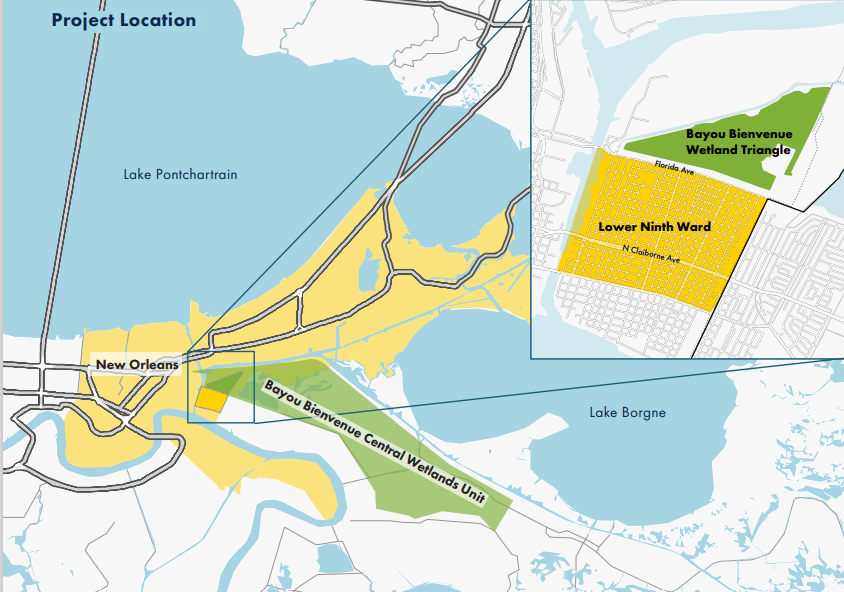
The Approach
Building a Foundation for Restoration
This project aims to overcome these long-standing barriers by developing a science-based restoration prioritization plan using structured decision-making. The effort will consider key factors such as restoration costs, sediment availability, land tenure, and ecological benefits.
By approaching this challenge through a deliberate and collaborative framework, the project sets the stage for scalable restoration in a landscape where momentum has been difficult to sustain.
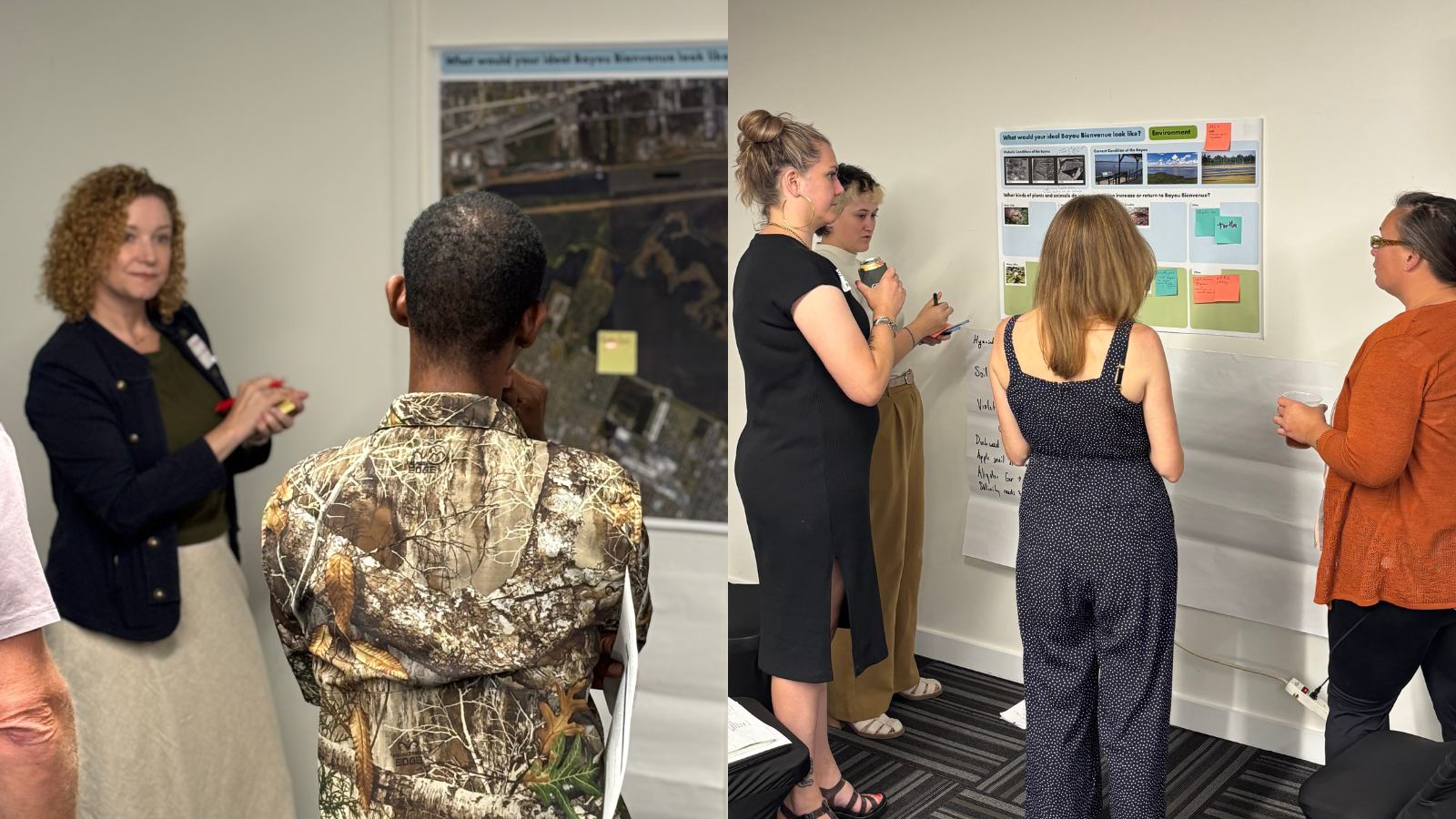
Communities at the Center
Located adjacent to New Orleans’ Lower 9th Ward, the BBWT is tightly linked to a community that remains disproportionately affected by environmental vulnerability and economic disinvestment. Once home to over 14,000 residents, the Lower 9th saw catastrophic flooding during Hurricane Katrina and now has a population of just over 4,000, more than 90% of whom are African American, with approximately one-third living below the poverty line.
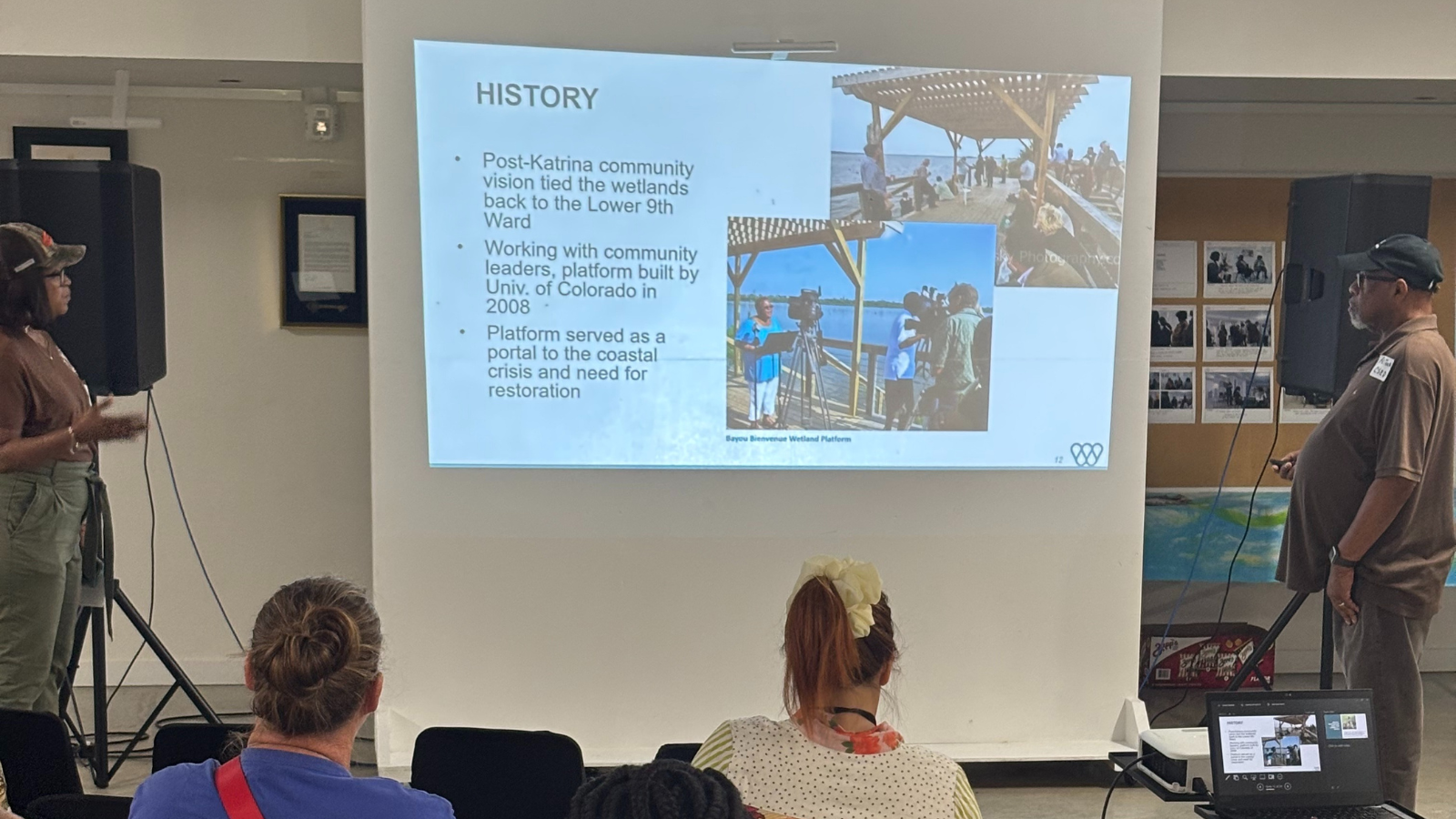
Restoring the BBWT offers not only ecological benefits but also cultural and social significance. Long used for hunting, fishing, and recreation, this wetland is deeply rooted in the community’s identity. Local organizations like the Center for Sustainable Engagement and Development (CSED) and Common Ground Relief have long championed restoration and environmental education efforts in the area, hosting school groups and public tours in partnership with national nonprofits.
Anticipated Benefits
This project delivers immediate and long-term impacts, including:
- Development of a restoration prioritization plan that enables phased, cost-effective wetland restoration aligned with community values and environmental needs.
- Enhanced wildlife habitat and ecosystem services in a degraded urban wetland.
- Opportunities for education and recreation that connect youth and residents to local ecology.
- Improved urban resilience through natural flood protection and the expansion of green space.
Project Partners
This initiative brings together a diverse coalition of science, policy, and community leaders:
- The City of New Orleans
- National Wildlife Federation
- Center for Sustainable Engagement and Development (CSED)
- The Water Institute
- Nunez Community College
Collaborators
- Louisiana Coastal Protection and Restoration Authority (CPRA)
- Flood Protection Authority East
- U.S. Army Corps of Engineers
- Restore the Mississippi Delta Coalition
- Common Ground Relief
Together, these partners aim to not only restore a damaged ecosystem but to foster ecological resilience and community pride.
